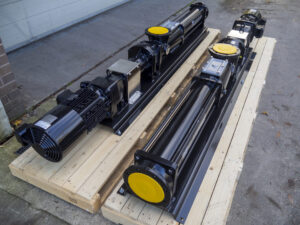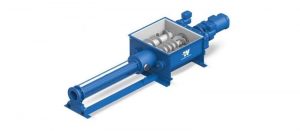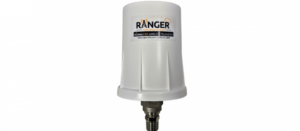![]()
Why focus on Methane (CH4) in Fluid Handling?
- Methane is a potent Green House Gas (GHG) 25 times more powerful than CO2 in trapping heat in the atmosphere over a 100-year period. It is 84 times more potent than CO2 in the first 20 years after it is released.
- Methane is a primary constituent of natural gas, an important energy source.
Methane leakage from natural gas operations
There are a number of opportunities across the natural gas supply chain for methane leakage. Upstream, methane emissions include leakage and venting during production, processing, transportation, storage, and distribution.
20% of methane emissions come from transmissions and storage(just behind production 59%)
LNG is stored onboard in double-walled, vacuum-insulated tanks as a cryogenic liquid. Because of atmospheric heat penetrating the tank, part of the LNG continuously evaporates. If the fuel warms up (resulting in more evaporation) and pressure builds beyond a certain limit, this “boil-off” natural gas is vented through a pressure relief valve. The time the tank can hold the LNG without venting is called the “holding time”.
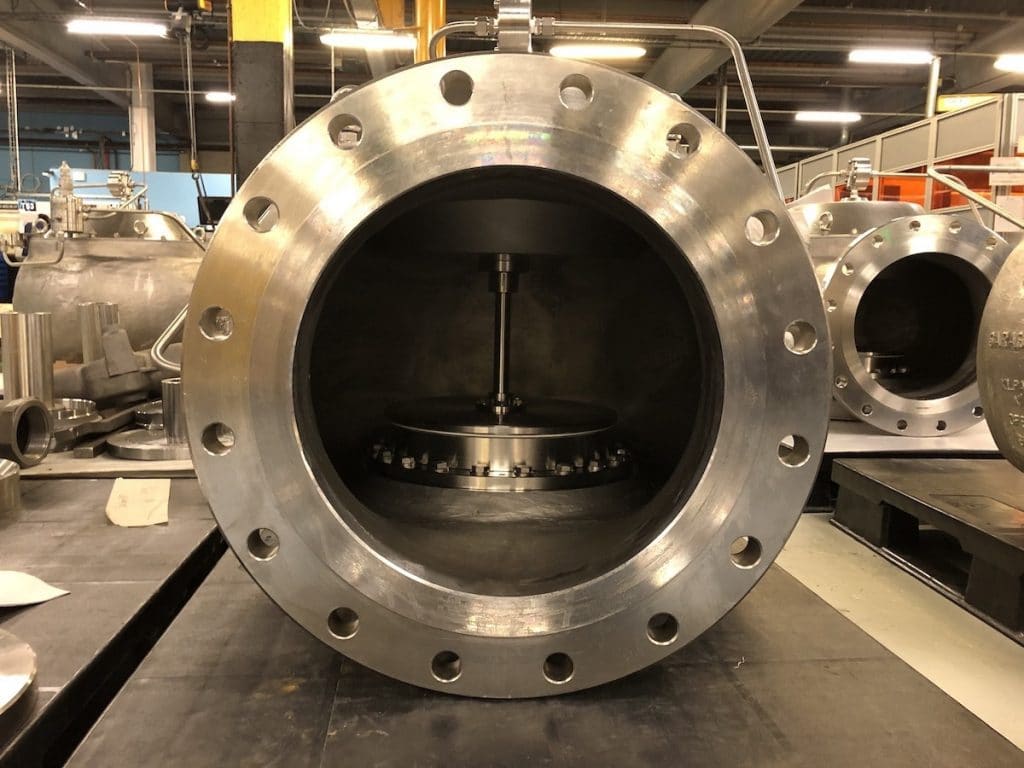
The magnitude of vented emissions per venting has been estimated at 2.6 percent (by mass) of the initial amount of liquid in the tank (Ursan, 2011)**. It is difficult to generalize, though, since the amount vented depends on many parameters (tank size, pressures, and temperatures, among others).
How can CH4 emissions be reduced?
Cost-effective technologies exist to reduce routine and non-routine emissions of methane during storage by keeping more product in the tank. A Pilot Operated Pressure Valve can achieve this for two main reasons:
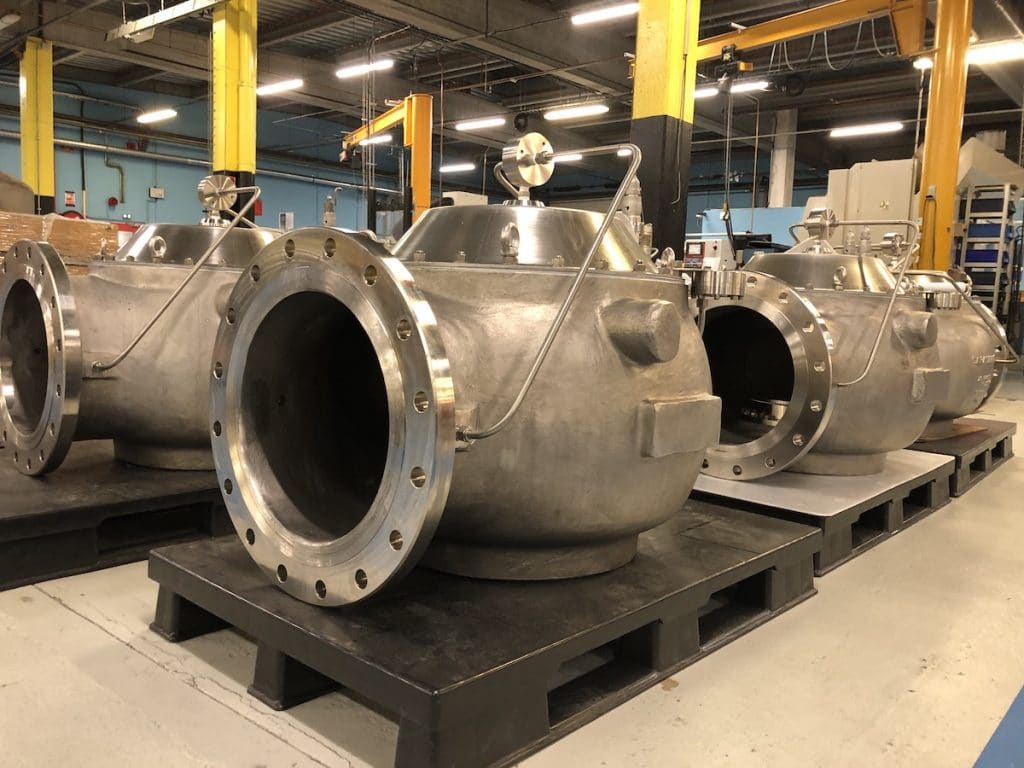
- Compared with a standard vent (weight-loaded) and its simple construction, the 74 SERIES pilot-operated valve is stable near to the set pressure, acting according to this simple rule: the higher the pressure is, the better the bubble-tight level.
- The modulating action pilot adjusts the main valve lift and thus, will reduce valve “relieving time”. Indeed, the relieving capacity will be achieved very quickly (10% overpressure max.), making the pressure decrease and optimizing the tank “holding time”.
Being concerned for the environment, Trillium Flow Technologies France takes steps to reduce methane emissions with its Pilot Operated Pressure Relief Valves 74 SERIES.
74 Series demonstrates multiple benefits spanning from operation risk reduction to storage efficiency. High accuracy, easy to set with a field test connector, this safety device offers an answer to the methane leakage issue which is the challenge any LNG player needs to resolve in today’s market.
Click here for related articles and news
Sign up for Pressure Control and Measurement E-Updates
Trillium Flow Technologies™ serves customers in the power, oil & gas, general industry and water & wastewater sectors with highly engineered valves, pumps and actuators, as well as complete support in every phase of a project or operation. With Trillium Flow Technologies™, you will get complete project support, starting with highly engineered, …
Source of Article
